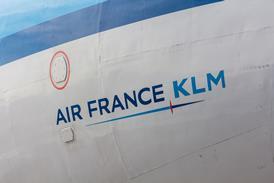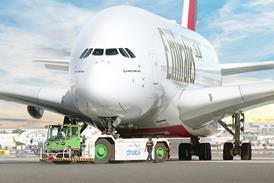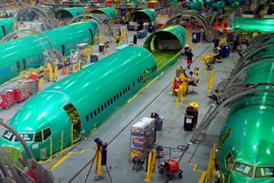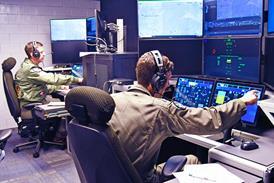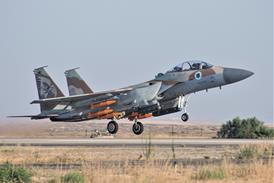Washington-based speech-technology specialist Conversay is exploring more aerospace applications for its voice recognition system after successfully developing a "continuous speech engine" for cockpit environments. The CASSI system is being tested by Boeing Phantom Works on an advanced "Strike Helmet" concept for theF-15E, and is in contention for other military and civil applications, says Conversay chairman and chief executive Steve Rondel.
After years of promise, Rondel says advances in processing capability and wireless connectivity are now to the point "where this game can take place". Unlike earlier speech recognition systems, which were vulnerable to background noise, the distorting effects of g on the human voice and had limited vocabulary, the Conversay system is "robust" in high-noise environments and requires no "training" to recognise speech.
The breakthrough on noise came in 2003 when Conversay was able to demonstrate a voice recognition data system for General Electric Gas Turbines that could handle the background noise of a power station.
"It was the worst-case scenario, and that is what got us attention from Boeing," says Rondel who says the Phantom Works project is moving into a second phase after initial trials at St Louis, Missouri.
In an early test, the CASSI system was tasked with picking out commands from a continuous conversation between pilot and navigator in simulated operational conditions. "It passed with flying colours," Rondel adds.
Initial voice command tasks include functions such as setting instrument landing system channels and changing radio frequencies, but is likely to be expanded to include other "see and say" tasks in later phases.
The use of voice-activated commands to allow crew to be more "heads-up" in the cockpit is expected to be more useful as "we start moving from dials and switches to ‘drop-down' screens, which cause more distracting hand movements and cursor time while the pilot focuses on indexing and highlighting", says Rondel.
He says other aerospace applications are being studied such as automated form filling and data inspection.
One potential use being studied is a voice recognition option for devices such as the cockpit electronic flight bag.
GUY NORRIS/LOS ANGELES
Source: Flight International

